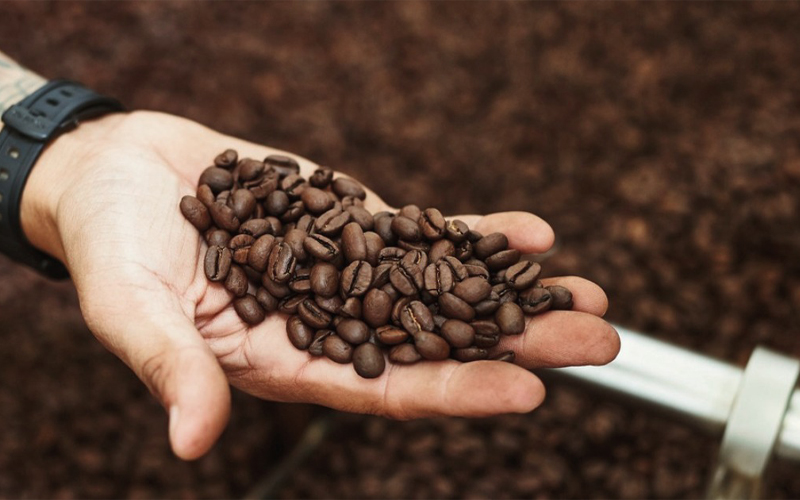Beyond the Blend: Why Single-Origin Matters

In the world of specialty coffee, blends have long been the go-to for balance, consistency, and versatility. They combine beans from different origins to create a flavor profile that’s smooth and predictable. While blends certainly have their place — especially in milk-based drinks like lattes or cappuccinos — there’s something uniquely powerful about stepping beyond them. Enter single-origin coffee: a deeper, more personal coffee experience.
Single-origin coffee comes from one country, region, or even a specific farm or lot. Unlike blends, these beans are not mixed with others — which means the flavors you taste are shaped entirely by that one location. The altitude, soil, climate, and processing methods all leave their mark on the cup. It’s an unfiltered expression of origin, unmasked and unblended. And for that reason, it’s often celebrated for its clarity, complexity, and character.
Drinking single-origin isn’t just about taste — it’s also about connection. It offers transparency in sourcing, a closer link to the farmers, and often supports more sustainable practices. You can trace your cup back to the people and places behind it. That level of traceability means a lot in today’s coffee culture, where ethical sourcing and quality are increasingly important to both roasters and drinkers.
So why does single-origin matter? Because it’s coffee at its most honest. It challenges your palate, tells a story, and makes every cup feel intentional. It invites you to slow down, explore, and appreciate the nuances — not just the caffeine. If blends are comfort food, single-origin is fine dining. Both are valuable, but when you want to taste coffee in its truest form, go beyond the blend.
